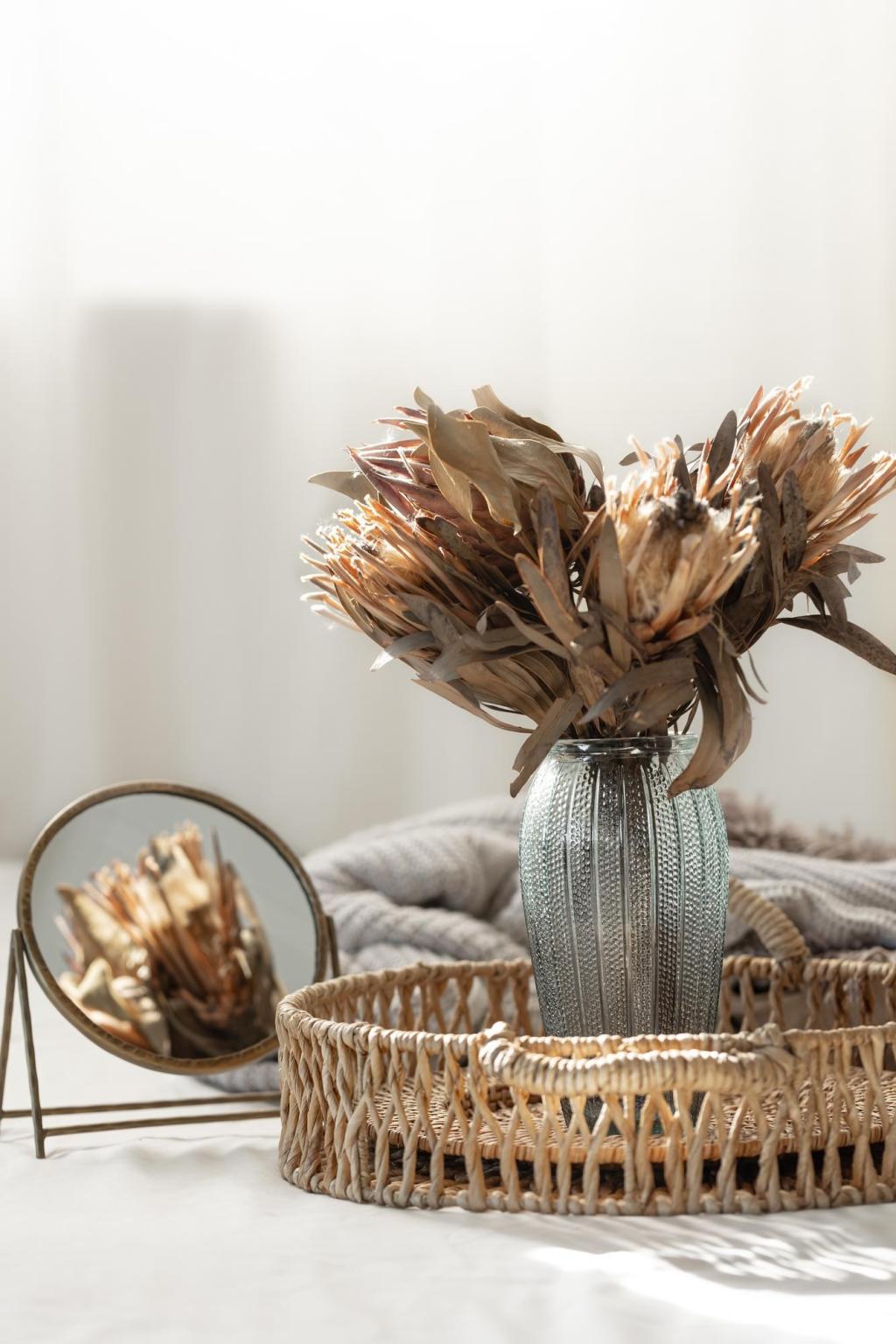Biophilic Design Practices
Biophilic design is a concept that seeks to connect building occupants more closely to nature. By integrating elements of the natural world into the built environment, biophilic design aims to improve well-being, boost productivity, and create healthier spaces for people to live and work. Through thoughtful design choices, architects and designers can weave the sights, sounds, and sensations of nature into interior and exterior environments, fostering a sense of harmony, comfort, and vitality.
Natural Light and Views
Maximizing exposure to natural light is fundamental to biophilic design. Well-placed windows, skylights, and open layouts allow sunlight to penetrate deep into a building, enhancing mood and reducing the reliance on artificial lighting. Additionally, providing occupants with views of nature—even if only to a landscaped courtyard or a green rooftop—can significantly reduce stress and improve cognitive performance. The interplay of light and visual access to nature anchors people in their environment, fostering a stronger connection to the rhythms of the natural world outside.
Vegetation and Green Features
Incorporating vegetation is one of the most recognizable aspects of biophilic design. From living walls and indoor gardens to potted plants and green roofs, the presence of flora contributes to improved air quality, reduced noise, and a calming ambiance. These green features serve aesthetic purposes while simultaneously supporting occupants’ physical and psychological well-being. Careful selection and placement of plant life can transform sterile interiors into vibrant, restorative sanctuaries that invite interaction and admiration.
Water Elements and Natural Sounds
The inclusion of water features, such as fountains, ponds, or indoor waterfalls, adds both visual appeal and soothing auditory experiences. The gentle trickle of water can mask intrusive noises, contributing to a tranquil environment conducive to relaxation and concentration. Biophilic design also emphasizes the use of natural sounds like birdsong or wind rustling through trees, which can be introduced via open windows or sound systems. These sensory elements create dynamic, immersive environments that mimic the restorative qualities of being outdoors.
Psychological and Health Benefits
Stress Reduction and Emotional Comfort
Spaces infused with natural elements are proven to reduce stress levels and promote emotional comfort. Exposure to greenery, natural patterns, and flowing water triggers relaxation responses in the body, such as lower heart rates and decreased blood pressure. These physiological benefits translate into environments where people feel more at ease, resilient, and able to cope with daily challenges. Enhanced emotional comfort contributes to a sense of safety and satisfaction within a space, making biophilic environments especially valuable in homes, offices, and healthcare settings.


Enhanced Productivity and Focus
Biophilic design can significantly enhance productivity and focus, especially in workplaces and educational institutions. Natural light, greenery, and organic forms boost cognitive performance by fostering alertness and creativity while minimizing distractions. Employees and students often report higher job satisfaction and academic achievement when they have access to biophilic amenities, such as light-filled workstations overlooking garden spaces or classrooms with abundant plant life. The positive atmosphere cultivated through these design elements encourages deeper engagement and sustained attention.
Previous
Next
